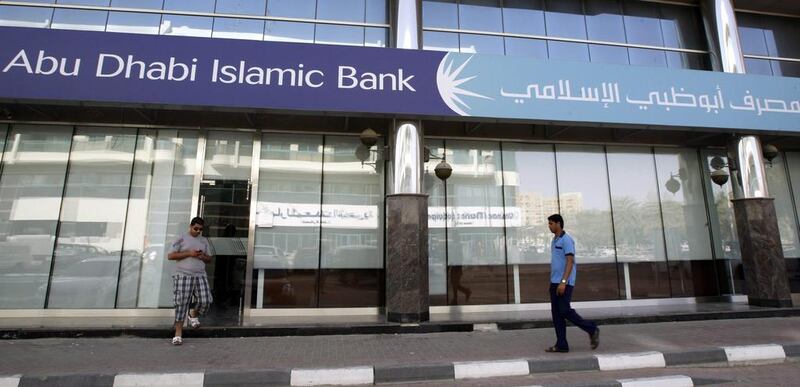The profitability of Islamic banks in the Arabian Gulf is likely to deteriorate this year and the next as the fallout from the price of oil continues to make it more difficult for businesses to service debt, according to the latest report from Standard & Poor’s Global Ratings.
The 70 per cent drop in oil over the past two years has put pressure on growth prospects and widened deficits across the region, making it difficult for nations to navigate through the economic storm, the ratings agency said.
Yet despite the stress, S&P predicts that Sharia-compliant lenders, which have been growing at a faster rate than their conventional counterparts, will weather the storm without too much damage to their balance sheets because they have capital buffers that include quality assets.
“S&P Global Ratings believes that the weak economic environment will negatively weigh on the financial performance of Islamic banks in the GCC countries in 2016 and 2017,” said Mohammed Damak, a Dubai-based primary credit analyst at S&P Global Ratings.
“Nevertheless, we think that GCC Islamic banks have built sufficient buffers to navigate through this new environment with manageable deterioration of their financial profiles.”
Mr Damak, who looks at Islamic banks in the Arabian Gulf, noted that overall bank asset growth in the region started to slow last year. The rate of growth declined to 7 per cent for Islamic banks and 5.7 per cent for conventional banks in 2015 versus 12.3 per cent and 9.6 per cent, respectively, in 2014, according to the report he authored.
That growth rate may slip even more, however, if non-performing loans increase, as they are expected to. The analyst said the agency’s base case scenario was that non-performing loans could increase by 4 to 5 per cent over the next two years, compared with 3.3 per cent at the end of last year.
It’s not all bad news for Islamic banks, which have had stellar growth rates in recent years.
Global Islamic banking assets were expected to reach US$1 trillion by the end of 2015, as Sharia-compliant financing increased market share in emerging markets, according to the consultancy firm Ernst&Young.
Sharia-compliant assets of commercial banks in Qatar, Indonesia, Saudi Arabia, Malaysia, the UAE and Turkey were set to exceed $801 billion in 2015, representing 80 per cent of international Islamic banking assets.
Islamic banking assets are continuing to grow at a rate of 16 per cent per year and by 2020, the global Islamic banking industry profit pool is expected to reach $30.3bn, EY said in December.
Islamic finance is especially picking up in the corporate world, where demand for sukuks, or Islamic bonds, has been on the rise in the Middle East in recent years as regional companies seek to expand their investor base around the world in countries such as Malaysia, which is the world’s biggest issuer of sukuks.
In the UAE, Islamic banks, including Dubai-based Noor Bank and Abu Dhabi Islamic Bank, have been growing at high rates amid a boom in sukuk financing.
Earlier in the year, however, Mr Damak forecast a drop of up to 20 per cent in sukuk issuances this year as lower oil prices dampen appetite for spending in the Arabian Gulf and Malaysia.
mkassem@thenational.ae
Follow The National's Business section on Twitter





